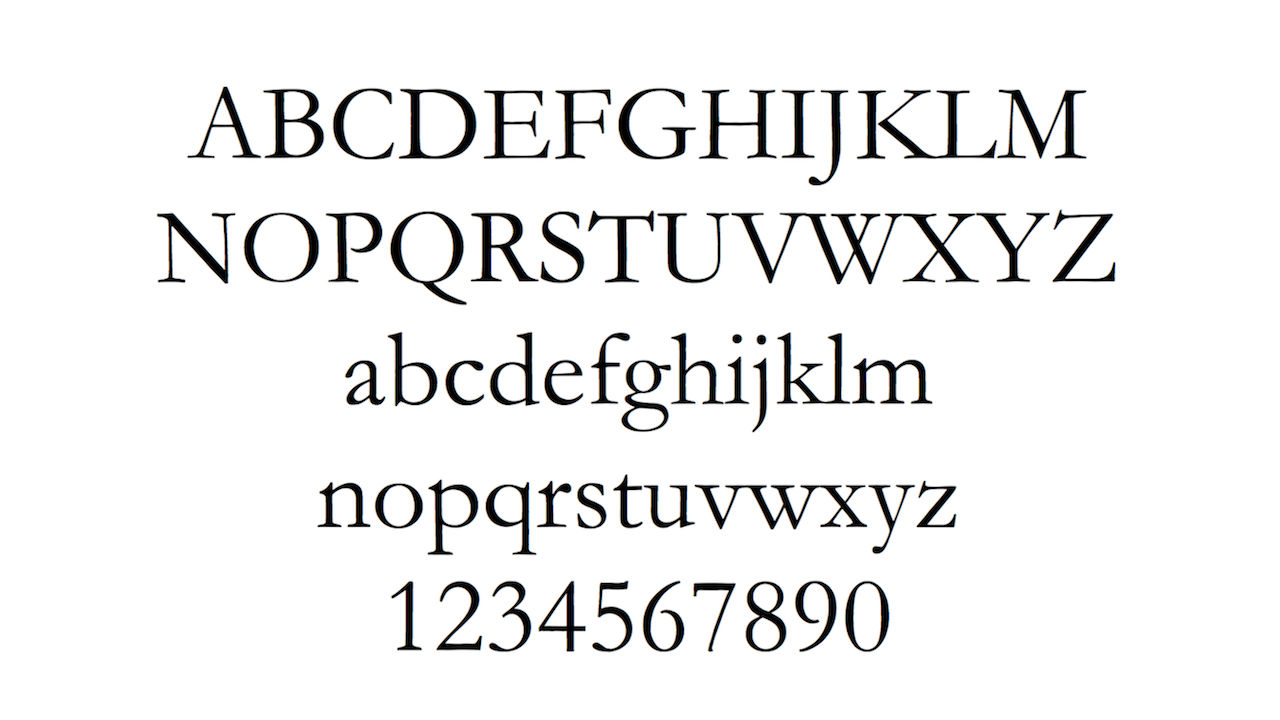The story of Suvir Mirchandani, the 14-year-old who discovered the federal government could save hundreds of millions of dollars a year with a simple switch of fonts on printed documents, seems too good to be true, and as it turns out, it is. As part of a middle school science fair project, Mirchandi found that Times New Roman, the government’s typeface of choice, uses 24% more ink than Garamond, a similar serifed font with thinner strokes. Given the exorbitant consumer cost of printer ink and extrapolating out from there, Mirchandani arrived at a staggering $467 million savings if the feds made the switch.
A blog post by Thomas Phinney — summarized here by Co.Design — explains why it doesn’t add up. A couple of key points: One, a font’s point size refers not to the size of the letters, but the size of the line they sit on, meaning there can be considerable variation across typefaces at the same point size. 12-point Garamond uses less ink than 12-point Times New Roman, because it’s literally smaller, at a sacrifice to readability. A similar ink savings could be had by simply downsizing to 10-point Times, but the government won’t do that because it needs people to be able to comprehend what it’s printing.
Two, Mirchandani’s study uses the consumer price of inkjet ink — up to $75 an ounce — as a baseline to reach his $467 million figure. According to Co.Design, the government uses laser printers as well, which run on considerably less expensive toner.
And three, even if it was saving ink with Garamond or a lower-point font, that likely wouldn’t bring down the federal government’s cost. The feds outsource their printing to third party companies that charge per sheet of paper, regardless of what’s printed on it — meaning a big savings on ink would be great for Joe’s Printing, Inc., it wouldn’t change the federal bottom line one bit.
Of course, Mirchandani is a smart kid, and this doesn’t do anything to change that. But remember: no one in the media is immune to the charms of a feel-good story, regardless of whether or not it’s true.



